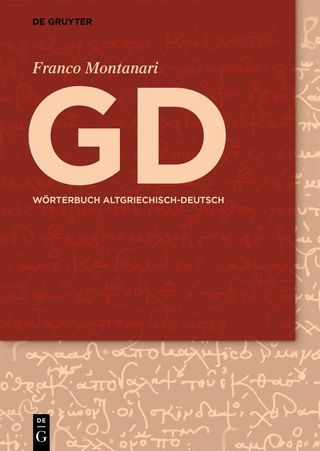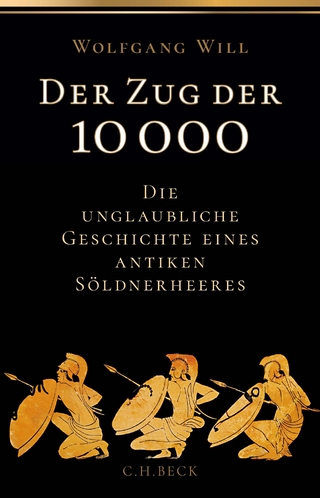Osseous Projectile Weaponry
Springer (Verlag)
978-94-024-0897-3 (ISBN)
Michelle is a Post Doctoral researcher in the School of Archaeology & Natural History at Australian National University. She received her PhD from the Institute of Archaeology at the The University of Oxford. Her current research is focused on the use of marine sourced raw materials for technology manufacture in early human communities. Her previous research has centered on investigating the maintenance (resharpening, repair, reuse, recycling) of Magdalenian barbed and unbarbed osseous projectile points; exploring the evidence for advanced and symbolic cognition in the Pleistocene archaeological records of Eurasia and Sahul (Greater Australia); and identifying the impact of taphonomic processes on these records. Issues surrounding the development and use of symbolic behaviour and social signalling technologies within Pleistocene Neanderthal and Modern Human populations remains the underlying focus of her research.
Late Pleistocene Osseous Projectile Technology and Cultural Variability.- Part 1.- Africa.- Osseous Projectile Weaponry from Early to Late Middle Stone Age Africa.- Bone Point Functional Diversity: A Cautionary Tale from Southern Africa.- Part 2.- Europe.- Early Upper Paleolithic Osseous Points from Croatia.- Spanish Aurignacian Projectile Points: An Example of the First European Paleolithic Hunting Weapons in Osseous Materials.- Projectile Weaponry from the Aurignacian to the Gravettian of the Swabian Jura (Southwest Germany): Raw Materials, Manufacturing and Typology.- Gravettian Projectile Points: Considerations about the Evolution of Osseous Hunting Weapons in France.- Upper Paleolithic Bone and Antler Projectiles in the Spanish Mediterranean Region: The Magdalenian Period.- A Review of the Osseous Projectile Points from the Upper Paleolithic of Portugal.- Diversity and Evolution of Osseous Hunting Equipment during the Magdalenian (21,000 – 14,000 cal. BP).- Osseous Projectile Points in the Magdalenian: ‘True’ Points versus Pointed Waste-Products.- Part 3.- Southeast Asia & Australia.- Bone Technology in South Asia from Late Pleistocene Cave and Rockshelters of Sri Lanka.- The Walandawe Tradition from Southeast Sulawesi and Osseous Artifact Traditions in Island Southeast Asia.- Bone Projectile Points in Prehistoric Australia: Evidence from Implements, Ethnography, and Rock Art.- Part 4.- The Americas.- A Review of Late Pleistocene North American Bone and Ivory Tools.- Hunter-Gatherers of the Old and New World: Morphological and Functional Comparisons of Osseous Projectile Points.
| Erscheinungsdatum | 21.09.2016 |
|---|---|
| Reihe/Serie | Vertebrate Paleobiology and Paleoanthropology |
| Zusatzinfo | 53 Illustrations, color; 30 Illustrations, black and white; XIV, 257 p. 83 illus., 53 illus. in color. |
| Verlagsort | Dordrecht |
| Sprache | englisch |
| Maße | 210 x 279 mm |
| Themenwelt | Geisteswissenschaften ► Archäologie |
| Geschichte ► Allgemeine Geschichte ► Altertum / Antike | |
| Geschichte ► Teilgebiete der Geschichte ► Kulturgeschichte | |
| Naturwissenschaften ► Geowissenschaften ► Geografie / Kartografie | |
| Naturwissenschaften ► Geowissenschaften ► Mineralogie / Paläontologie | |
| Sozialwissenschaften ► Ethnologie | |
| Sozialwissenschaften ► Soziologie | |
| ISBN-10 | 94-024-0897-5 / 9402408975 |
| ISBN-13 | 978-94-024-0897-3 / 9789402408973 |
| Zustand | Neuware |
| Haben Sie eine Frage zum Produkt? |
aus dem Bereich




